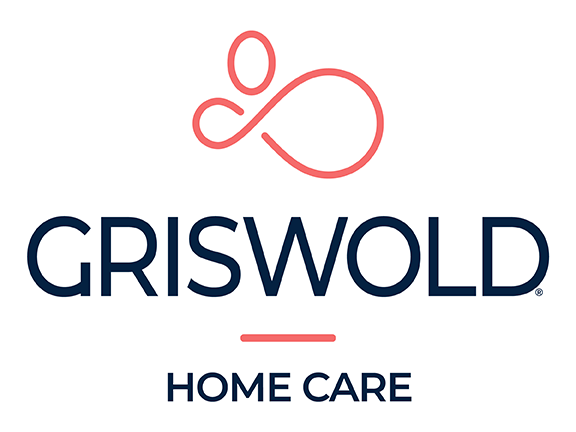Welcome back to the Griswold Blog, where we’re closing out the month of March with education and awareness about Multiple Sclerosis (MS). If you have a friend or family member with MS, you want to make them feel as comfortable, safe and welcome in your home as possible.
Here are 5 tips to make your home MS-safe:
1. Prepare the Ground — As MS progresses, balance, maneuvering and vision deteriorates. So get rid of any “ground clutter,” like throw rugs, child or pet toys, shoes and baskets. Make sure all pathways are clear and there isn’t any hassle getting from room to room.
2. Prepare the Pets – Small animals, especially cats and dogs, are major tripping hazards for someone with MS. Either invest in some pet training – making them less rambunctious and less likely to dart in and out of rooms – or attach bells to their collars so they can be heard if they can’t be seen.
3. Prepare the Stairs –Make sure staircases are well-lit, preferably with warm colors for the visually impaired. Extra ideas:
?Motion-sensing lights
?Flashlights in drawers close to the top and bottom of stairs, in case the lights go out
?Handrails on both sides of the staircase
?Light-colored carpeting
?Avoid thick or shag carpets and check rugs for snags and holes
?Non-skid surface on wooden stairs
?Check floorboards to make sure they’re even and secure
4. Prepare the Bathroom — Look into a tub seat, a raised toilet seat (17-19 inches) and grab bars on the walls next to the toilet and inside the tub or shower.
5. Prepare for the Chair –If your friend or family member has a wheelchair, make sure your home is wheelchair-accessible. This includes adding a ramp to your entrance and possibly widening passageways. Fast facts:
?Doorways and hallways should have a clearing width of at least 32-36 inches.
?The turning radius of a wheelchair used by an individual with MS is 60 by 60 inches for a 180-degree turn. A 90-degree turn requires at least 36 by 36 inches.
If you need help making your home MS-safe, don’t hesitate to schedule an appointment with a physical or occupational therapist. He or she will come to your home and assess your situation and specific needs. Also, look into your local chapter of the National Multiple Sclerosis Society — some programs allow you to borrow special MS adaptive technologies and safety equipment. These lending services are usually free of charge, but they do accept donations.
You don’t want to miss our next post — tips to help the MS caregiver keep calm and cope — so subscribe to our blog or check back very soon!
